GPS SATELLITE SURVEYING
1ch1
2ch2
2.1 ELEMENTARY CONSIDERATIONS
2.1.1 Statistical Nature of Surveying Measurements
2.1.2 Observational Errors
2.1.3 Accuracy and Precision
2.2 STOCHASTIC AND MATHEMATICAL MODELS
2.3 MIXED MODEL
2.3.1 Linearization
2.3.2 Minimization and Solution
2.3.3 Cofactor Matrices
2.3.4 A Posteriori Variance of Unit Weight
2.3.5 Iterations
2.4 SEQUENTIAL MIXED MODEL
2.5 MODEL SPECIFICATIONS
2.5.1 Observation Equation Model
2.5.2 Condition Equation Model
2.5.3 Mixed Model with Observation Equations
2.5.4 Sequential Observation Equation Model
2.5.5 Observation Equation Model with Observed Parameters
2.5.6 Mixed Model with Conditions
2.5.7 Observation Equation Model with Conditions
2.6 MINIMAL AND INNER CONSTRAINTS
2.7 STATISTICS IN LEAST-SQUARES ADJUSTMENT
2.7.1 Fundamental Test
2.7.2 Testing Sequential Least Squares
2.7.3 General Linear Hypothesis
2.7.4 Ellipses as Confidence Regions
2.7.5 Properties of Standard Ellipses
2.7.6 Other Measures of Precision
2.8 RELIABILITY
2.8.1 Redundancy Numbers
2.8.2 Controlling Type-II Error for a Single Blunder
2.8.3 Internal Reliability
2.8.4 Absorption
2.8.5 External Reliability
2.8.6 Correlated Cases
2.9 BLUNDER DETECTION
2.9.1 Tau Test
2.9.2 Data Snooping
2.9.3 Changing Weights of Observations
2.10 EXAMPLES
2.11 KALMAN FILTERING
3ch3
3.1 STATIC PARAMETER
3.2 STATIC PARAMETERS AND ARBITRARY TIME-VARYINGVARIABLES
3.3 DYNAMIC CONSTRAINTS
3.4 STATIC PARAMETERS AND DYNAMIC CONSTRAINTS
3.5 STATIC PARAMETER, PARAMETERS SUBJECT TO DYNAMICCONSTRAINTS, AND ARBITRARY TIME-VARYING PARAMETERS
4ch4
4.1 INTERNATIONAL TERRESTRIAL REFERENCE FRAME
4.2 INTERNATIONAL CELESTIAL REFERENCE SYSTEM
4.3 DATUM
4.4 3D GEODETIC MODEL
4.5 ELLIPSOIDAL MODEL
4.6 CONFORMAL MAPPING MODEL
4.7 SUMMARY
5ch5
5.1 MOTION OF SATELLITES
5.2 GLOBAL POSITIONING SYSTEM
5.3 GLONASS
5.4 GALILEO
5.5 QZSS
5.6 BEIDOU
5.7 IRNSS
5.8 SBAS: WAAS, EGNOS, GAGAN, MSAS, AND SDCM
5ch6
6.1 OBSERVABLES
6.1.1 Undifferenced Functions
6.1.2 Single Differences
6.1.3 Double Differences
6.1.4 Triple Differences
6.2 OPERATIONAL DETAILS
6.2.1 Computing the Topocentric Range
6.2.2 Satellite Timing Considerations
6.2.3 Cycle Slips
6.2.4 Phase Windup Correction
6.2.5 Multipath
6.2.6 Phase Center Offset and Variation
6.2.7 GNSS Services
6.3 NAVIGATION SOLUTION
6.3.1 Linearized Solution
6.3.2 DOPs and Singularities
6.3.3 Nonlinear Closed Solution
6.4 RELATIVE POSITIONING
6.4.1 Nonlinear Double-Difference Pseudorange Solution
6.4.2 Linearized Double- and Triple-Differenced Solutions
6.4.3 Aspects of Relative Positioning
6.4.4 Equivalent Undifferenced Formulation
6.4.5 Ambiguity Function
6.4.6 GLONASS Carrier Phase
6.5 AMBIGUITY FIXING
6.5.1 The Constraint Solution
6.5.2 LAMBDA
6.5.3 Discernibility
6.5.4 Lattice Reduction and Integer Least Squares
6.6 NETWORK-SUPPORTED POSITIONING
6.6.1 PPP
6.6.2 CORS
6.6.3 PPP-RTK
6.7 TRIPLE-FREQUENCY SOLUTIONS
6.7.1 Single-Step Position Solution
6.7.2 Geometry-Free TCAR
6.7.3 Geometry-Based TCAR
6.7.4 Integrated TCAR
6.7.5 Positioning with Resolved Wide Lanes
6.8 SUMMARY
6ch7
7.1 MULTISYSTEM CONSIDERATIONS
7.2 UNDIFFERENCED AND ACROSS-RECEIVER DIFFERENCEOBSERVATIONS
7.3 LINEARIZATION AND HARDWARE BIAS PARAMETERIZATION
7.4 RTK ALGORITHM FOR STATIC AND SHORT BASELINES
7.5 RTK ALGORITHM FOR KINEMATIC ROVERS AND SHORTBASELINES
7.6 RTK ALGORITHM WITH DYNAMIC MODEL AND SHORTBASELINES
7.7 RTK ALGORITHM WITH DYNAMIC MODEL AND LONGBASELINES
7.8 RTK ALGORITHMS WITH CHANGING NUMBER OF SIGNALS
7.9 CYCLE SLIP DETECTION AND ISOLATION
7.10 ACROSS-RECEIVER AMBIGUITY FIXING
7.11 SOFTWARE IMPLEMENTATION
7ch8
8.1 OVERVIEW
8.2 TROPOSPHERIC REFRACTION AND DELAY
8.2.1 Zenith Delay Functions
8.2.2 Mapping Functions
8.2.3 Precipitable Water Vapor
8.3 TROPOSPHERE ABSORPTION
8.3.1 The Radiative Transfer Equation
8.3.2 Absorption Line Profiles
8.3.3 General Statistical Retrieval
8.3.4 Calibration of WVR
8.4 IONOSPHERIC REFRACTION
8.4.1 Index of Ionospheric Refraction
8.4.2 Ionospheric Function and Cycle Slips
8.4.3 Single-Layer Ionospheric Mapping Function
8.4.4 VTEC from Ground Observations
8.4.5 Global Ionospheric Maps
8ch9
9.1 ELEMENTS OF ELECTROMAGNETIC FIELDS ANDELECTROMAGNETIC WAVES
9.1.1 Electromagnetic Field
9.1.2 Plane Electromagnetic Wave
9.1.3 Complex Notations and Plane Wave in Lossy Media
9.1.4 Radiation and Spherical Waves
9.1.5 Receiving Mode
9.1.6 Polarization of Electromagnetic Waves
9.1.7 The dB Scale
9.2 ANTENNA PATTERN AND GAIN
9.2.1 Receiving GNSS Antenna Pattern and Reference Stationand Rover Antennas
9.2.2 Directivity
9.2.3 Polarization Properties of the Receiving GNSS Antenna
9.2.4 Antenna Gain
9.2.5 Antenna Effective Area
9.3 PHASE CENTER
9.3.1 Antenna Phase Pattern
9.3.2 Phase Center Offset and Variations
9.3.3 Antenna Calibrations
9.3.4 Group Delay Pattern
9.4 DIFFRACTION AND MULTIPATH
9.4.1 Diffraction Phenomena
9.4.2 General Characterization of Carrier Phase Multipath
9.4.3 Specular Reflections
9.4.4 Antenna Down-Up Ratio
9.4.5 PCV and PCO Errors Due to Ground Multipath
9.5 TRANSMISSION LINES
9.5.1 Transmission Line Basics
9.5.2 Antenna Frequency Response
9.5.3 Cable Losses
9.6 SIGNAL-TO-NOISE RATIO
9.6.1 Noise Temperature
9.6.2 Characterization of Noise Sources
9.6.3 Signal and Noise Propagation through a Chain of Circuits
9.6.4 SNR of the GNSS Receiving System
9.7 ANTENNA TYPES
9.7.1 Patch Antennas
9.7.2 Other Types of Antennas
9.7.3 Flat Metal Ground Planes
9.7.4 Impedance Ground Planes
9.7.5 Vertical Choke Rings and Compact Rover Antenna
9.7.6 Semitransparent Ground Planes
9.7.7 Array Antennas
9.7.8 Antenna Manufacturing Issues
9app1
10app2
11app3
12app4
13app5
14app6
15app7
16app8
17app9
18refs
19indauth
20ndsub

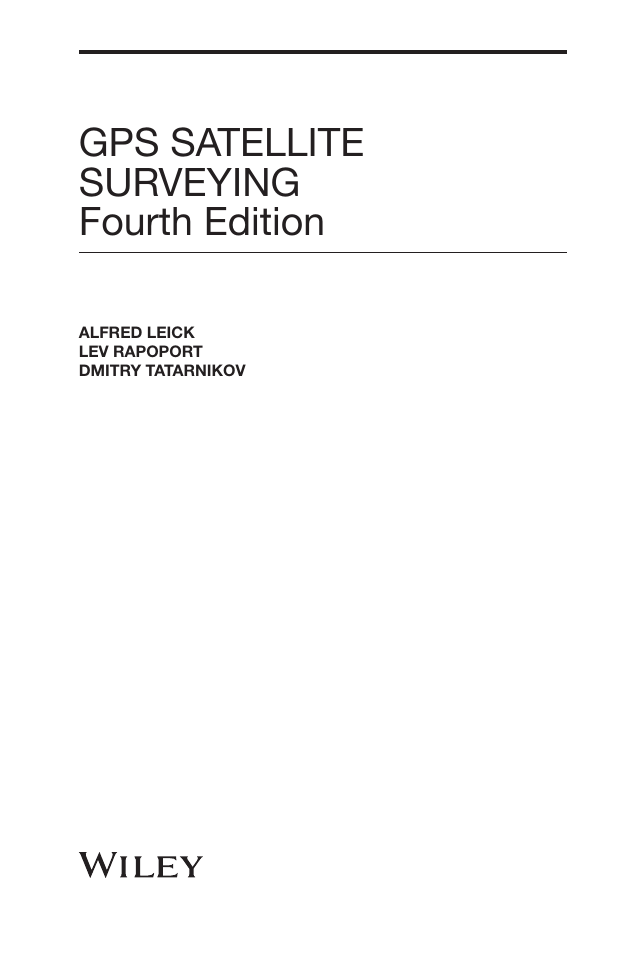
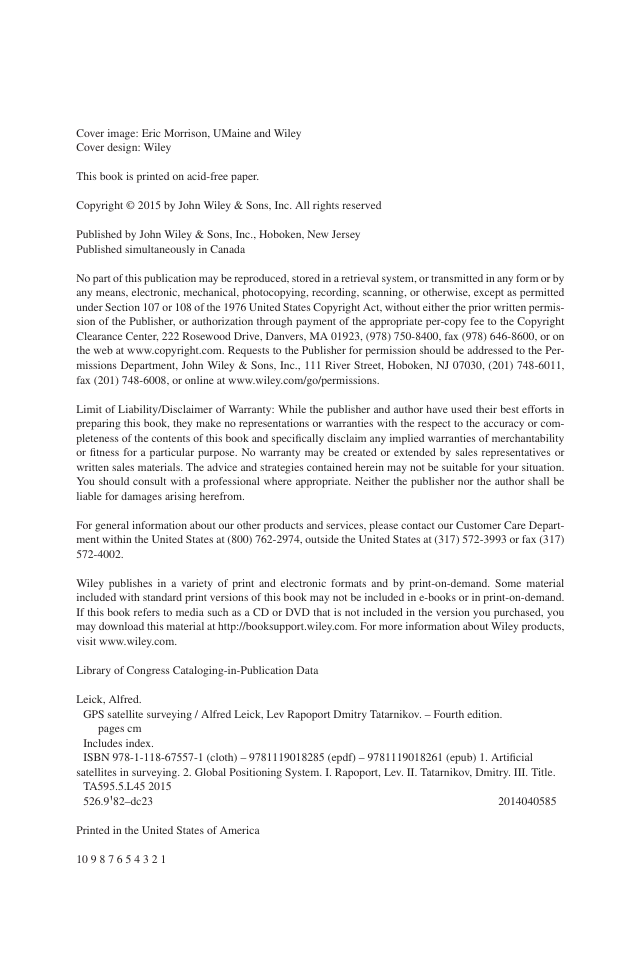
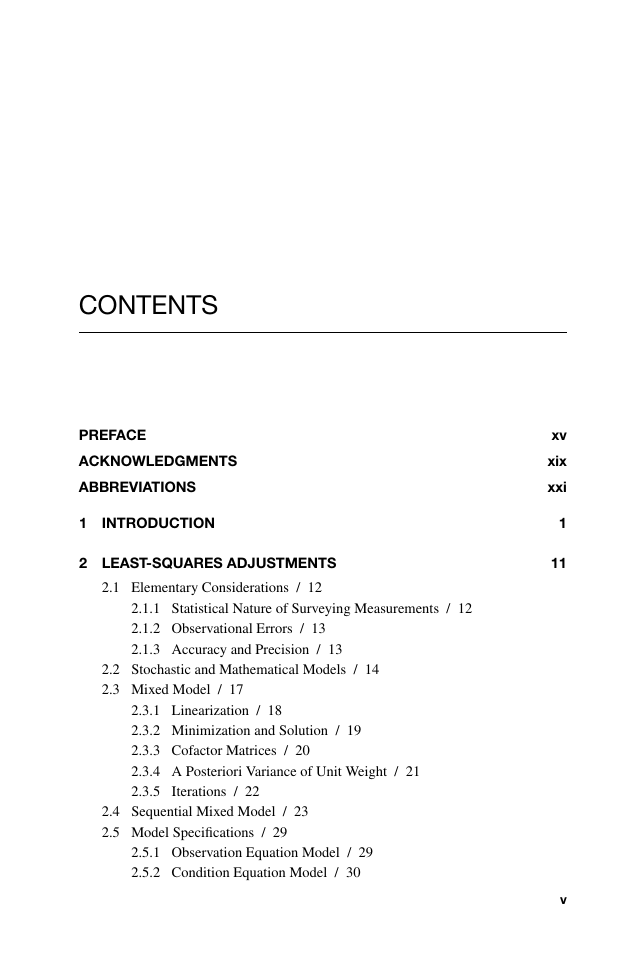

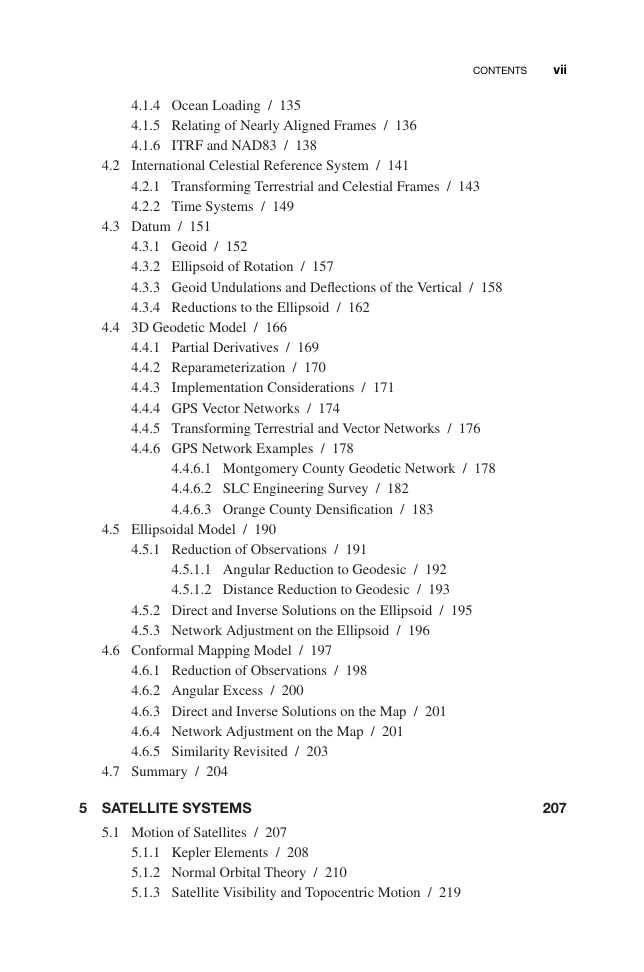
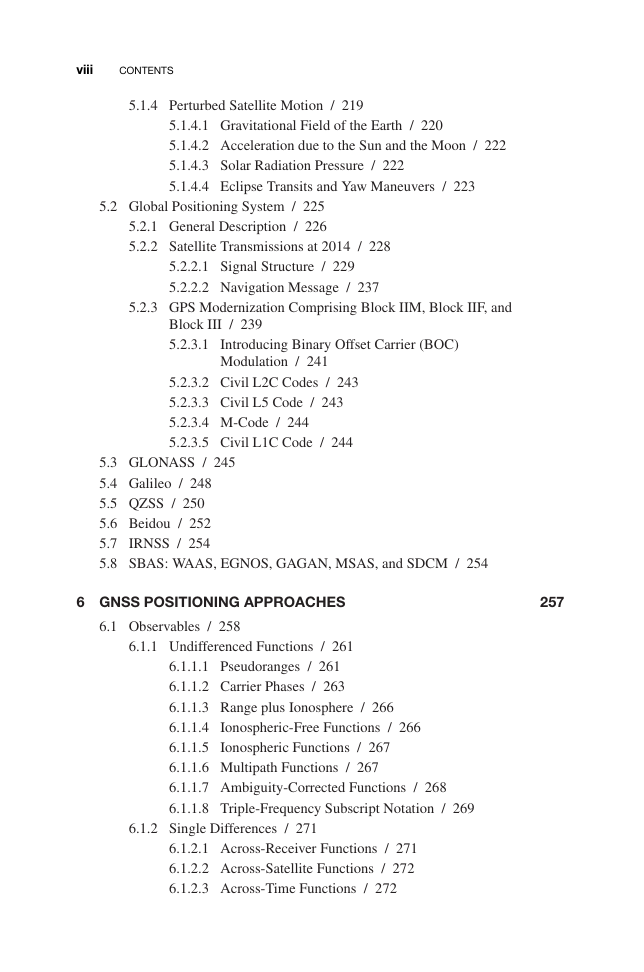
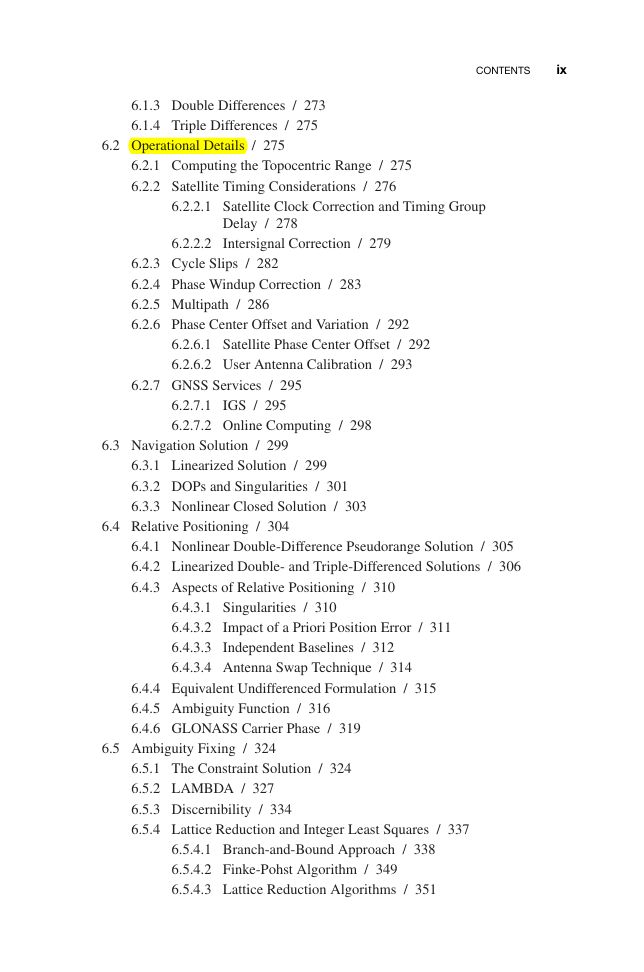








 2023年江西萍乡中考道德与法治真题及答案.doc
2023年江西萍乡中考道德与法治真题及答案.doc 2012年重庆南川中考生物真题及答案.doc
2012年重庆南川中考生物真题及答案.doc 2013年江西师范大学地理学综合及文艺理论基础考研真题.doc
2013年江西师范大学地理学综合及文艺理论基础考研真题.doc 2020年四川甘孜小升初语文真题及答案I卷.doc
2020年四川甘孜小升初语文真题及答案I卷.doc 2020年注册岩土工程师专业基础考试真题及答案.doc
2020年注册岩土工程师专业基础考试真题及答案.doc 2023-2024学年福建省厦门市九年级上学期数学月考试题及答案.doc
2023-2024学年福建省厦门市九年级上学期数学月考试题及答案.doc 2021-2022学年辽宁省沈阳市大东区九年级上学期语文期末试题及答案.doc
2021-2022学年辽宁省沈阳市大东区九年级上学期语文期末试题及答案.doc 2022-2023学年北京东城区初三第一学期物理期末试卷及答案.doc
2022-2023学年北京东城区初三第一学期物理期末试卷及答案.doc 2018上半年江西教师资格初中地理学科知识与教学能力真题及答案.doc
2018上半年江西教师资格初中地理学科知识与教学能力真题及答案.doc 2012年河北国家公务员申论考试真题及答案-省级.doc
2012年河北国家公务员申论考试真题及答案-省级.doc 2020-2021学年江苏省扬州市江都区邵樊片九年级上学期数学第一次质量检测试题及答案.doc
2020-2021学年江苏省扬州市江都区邵樊片九年级上学期数学第一次质量检测试题及答案.doc 2022下半年黑龙江教师资格证中学综合素质真题及答案.doc
2022下半年黑龙江教师资格证中学综合素质真题及答案.doc